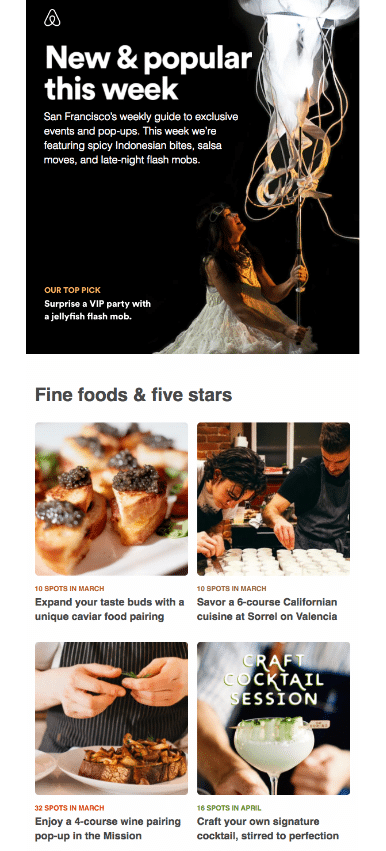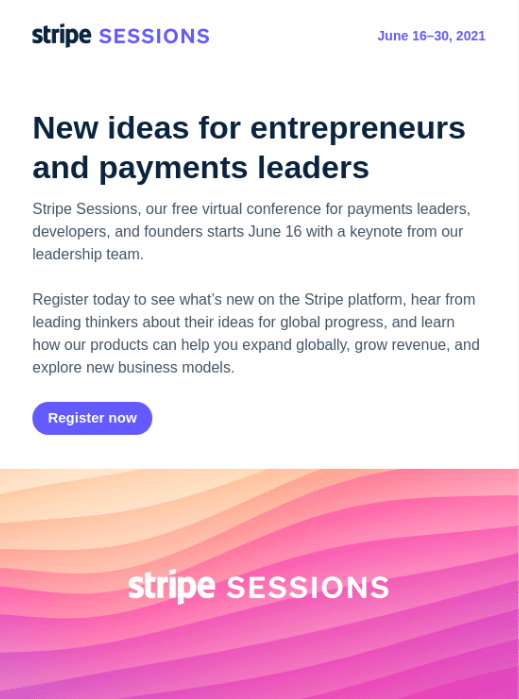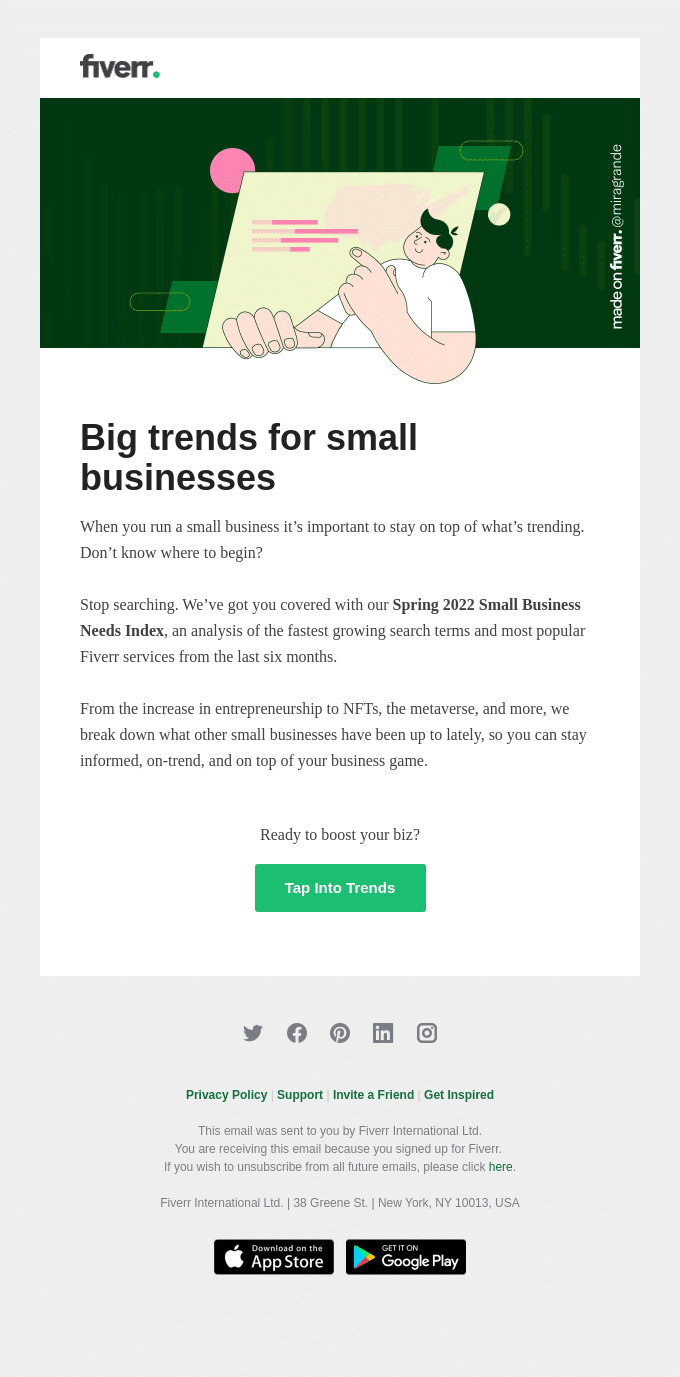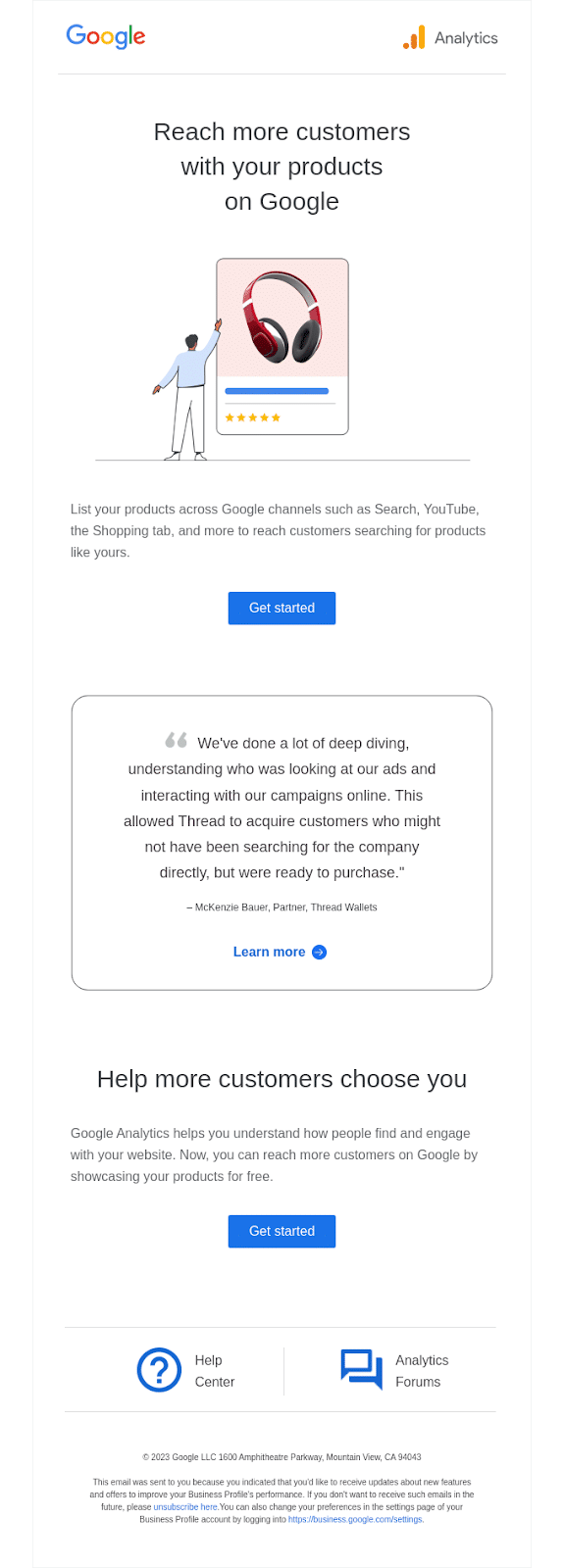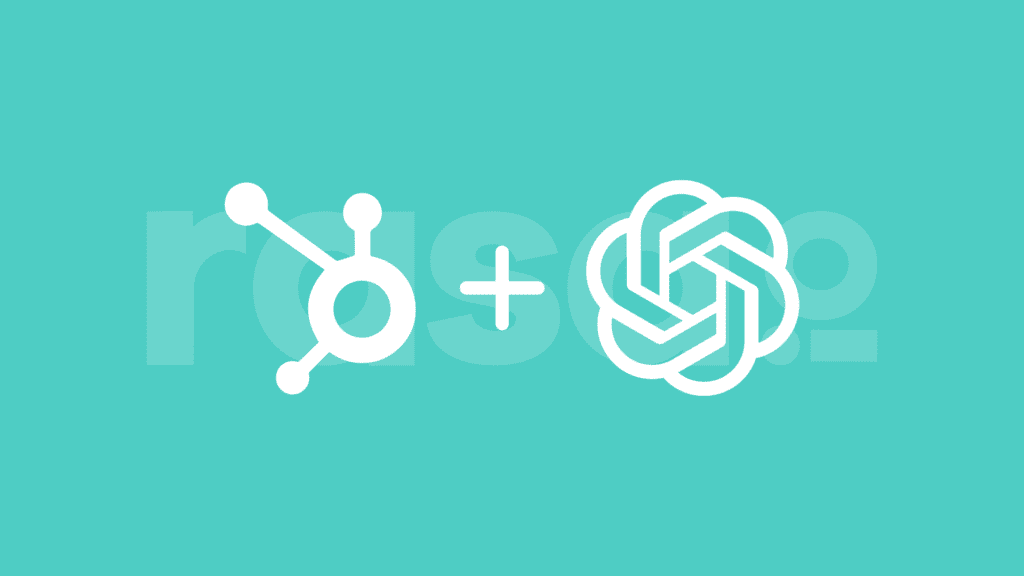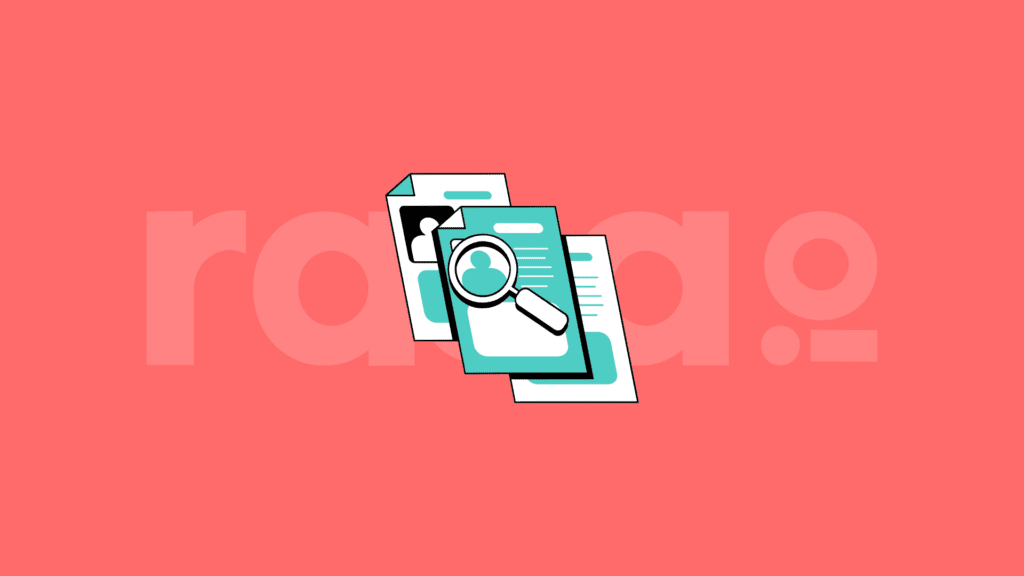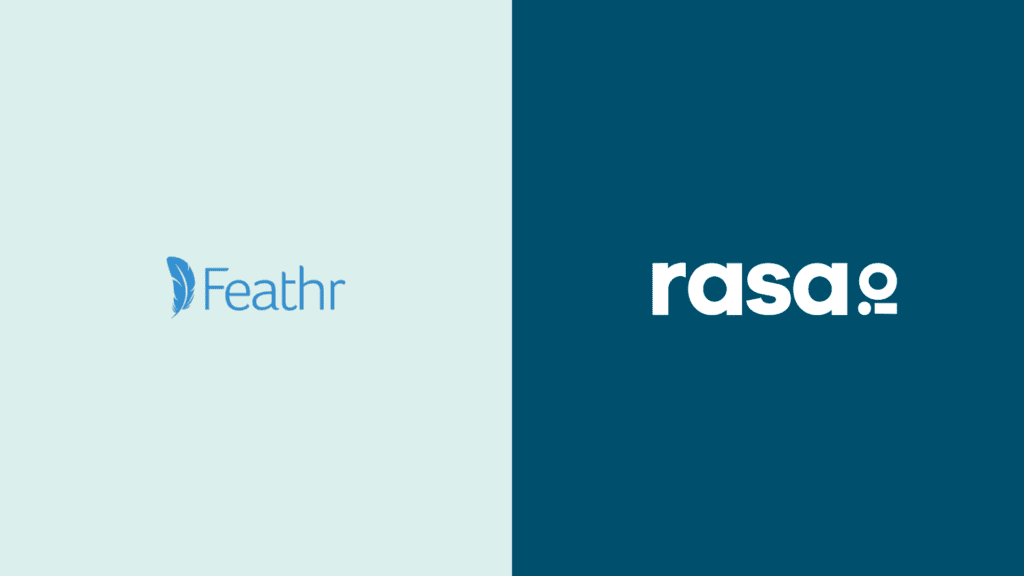Are you tired of sending out mass emails that always get ignored? Are your email campaigns missing the mark? If so, you’re not alone. Many businesses struggle with creating email campaigns that truly resonate with their audience. That’s where email segmentation comes in.
But why does segmentation matter? For one, it improves customer experience. You’re more likely to keep your subscribers engaged and interested in what you share if you send only relevant and customized information. Plus, segmentation can lead to higher ROI, as you can create more effective campaigns.
In this article, we’ll dive deeper into email segmentation, why it matters, and how you can start segmenting your email list. We’ll also provide tips and best practices to help you make the most of your segmented campaigns. So grab a cup of tea, and let’s get started!
What is Email Segmentation?
Segmentation in email marketing is a simple concept with a decisive result — simply put, it’s dividing email lists into groups based on some traits or characteristics of users. This way, you can create targeted campaigns that engage your audience, increase conversions, and drive revenue.
Think of email segmentation as a chef creating a custom meal for their guests. As a chef considers each diner’s dietary preferences and tastes, email segmentation helps you craft campaigns that cater to your subscribers’ unique interests and needs. By providing your audience with personalized content, you’ll keep them engaged and returning for more.
For example, let’s say you’re a SaaS company offering video conferencing and communication tools for businesses of different sizes. Create email segments based on the tools or plans your customers have already purchased. Then, you can tailor your email campaigns to highlight specific products or promotions most likely to appeal to each group. Doing so will increase the chances that your subscribers will find something they like and buy it.
Email segmentation isn’t just about past purchases. You can also divide your list based on demographic data like age, gender, industry, and location. This way, you can create campaigns that meet your audience’s needs and preferences.
For instance, if your company sells enterprise software services, consider dividing your subscribers into groups based on their industry, such as healthcare, finance, or retail. This way, you can tailor your email content to each industry’s unique challenges and needs. The possibilities are endless with segmentation in email marketing!
4 Reasons Why Segmentation Matters for Email Campaigns
Segmentation is not just a good idea. It’s the only logical decision. And if you need more convincing, we’ve got four rock-solid reasons why segmentation matters.
1. Increased Performance 🔥
By segmenting your list, you can create targeted campaigns that are more likely to engage your audience. In fact, according to the recent study, segmented campaigns had a 14.31% higher open rate and a 100.95% higher click rate than non-segmented campaigns. When you send targeted campaigns to your subscribers, you’re more likely to get their attention and drive engagement.
2. Better Customer Experience 😁
Sending personalized emails is the key to keeping excellent relationships with your audience and addressing their interests and passions. Research has found that personalized emails had a 29% higher open rate and a 41% higher click rate than non-personalized emails.
3. Higher ROI 💰
Segmentation is not just smart, it’s profitable. Segmentation in email marketing is an important marketing strategy that can help businesses achieve higher profitability. By dividing your email list into subgroups based on shared characteristics, you can create targeted campaigns that resonate with specific customers, leading to higher conversions and profitability.
4. Improved Deliverability 📥
Email segmentation can improve your deliverability rates by avoiding the spam folder as you send relevant content to subscribers who have expressed interest in your brand. And that’s 100% better than sending not-segmented emails into the void of promos, fishing letters, and scams. So, if you’re still not segmenting your email list, it’s time to start.
How to Segment Your Email List
When segmenting your email list, there are countless methods to divide your subscribers into groups: hobby, location, and even music preferences. There is no one-fits-all approach — everything depends on your business goals and clients’ needs. Let’s look at the most common types of email list segmentation and email segmentation best practices.
Language 🗣️
Pretty obvious fact — if you have a multilingual audience, why not consider segmenting your list by language to provide them with content they can truly understand? You never read emails written in Mandarin, right?
Geography
The needs and interests of your clients depend on their location. So whether you’re a local business or a global brand, consider segmenting your list by city, state, or country. There are enough guides that explain how and why to segment the audience by location.
Do you offer commercial real estate for rent? Segment your email list by city or neighborhood to create targeted campaigns that promote certain properties. Give your subscribers a personalized experience and increase their chances of renting from you!
Airbnb effectively utilizes newsletter segmentation based on location to provide personalized travel recommendations. By segmenting their subscribers according to their geography, Airbnb ensures that each newsletter is tailored to showcase accommodations, experiences, and travel inspiration specific to the subscriber’s desired destination.
Demographic Data
Did you know that age, gender, job title, and income level can impact how your subscribers interact with your brand? Harness the power of demographic data to create targeted email campaigns that resonate with each segment of your audience.
Let’s say you run a B2B company selling office furniture and want to deliver email content that speaks directly to the recipient’s needs and interests. In this case, you could segment your list based on the job title of each contact. For example, you might have segments for office managers, facilities directors, and C-suite executives.
Take a look at how Stripe uses demographic data for newsletter segmentation to engage entrepreneurs and payment professionals.
Business Type 🏬
Consider segmenting your list by business type (e.g., small business, enterprise) to create campaigns tailored to each segment’s unique needs.
As a B2B company, you can categorize your customers based on the number of employees, annual revenue, or other metrics related to the size of the company.
For small businesses, focus on cost-effective solutions and strategies for business growth. For enterprise-level companies, highlight your expertise and experience working with larger organizations.
This strategy will increase the chances of resonating with each group and ultimately driving conversions. For instance, Fiverr targets small businesses, delivering newsletters with insights on the latest business trends.
Stage of the Funnel 📶
Depending on where your subscribers are in the sales funnel, they may have different needs and interests. So segment your list by funnel stage to provide them with relevant content for their background.
For example, send welcome emails at the awareness stage, targeted emails at the consideration stage, and cart abandonment emails with a special offer to those in the decision stage.
Asana leverages newsletter segmentation to reengage users who have stopped using their app. Through targeted newsletters, they deliver product updates and exclusive offers to regain users’ attention.
Purchase History
Another way to segment your list is based on what products and services your clients have already used or purchased from you.
For example, if an enterprise has bought a yearly subscription for a package of SEO tools, you can segment them into a group of customers interested in marketing. Then, you can send them personalized recommendations for other ways to increase website traffic.
Google sends newsletters to Google Analytics users, presenting them with opportunities to expand their customer reach through various Google channels. Their emails also share success stories from other satisfied customers, motivating users to explore the full potential of Google’s offerings.
Email Engagement 💌
Segment your list based on subscribers’ attention to your emails. For example, you could create a segment for subscribers who always open your emails and another for subscribers who rarely open them.
You can send a special promotion or early access to new content for the first group. For subscribers who rarely open your emails, you can send a re-engagement email to incentivize them to become more engaged. This way, you can send more targeted campaigns to each segment and try to reengage subscribers who have fallen off.
Website Activity 💻
It is always effective to use data analytics for marketing decisions, and email marketing is no exception. You can gain insights into your subscribers’ interests and behaviors by tracking their website activity. Use this information to create highly targeted emails that are more likely to drive engagement.
For instance, if you run a consulting business and notice that some subscribers frequently visit certain web pages but never order services, create a segment and send them a targeted newsletter by highlighting your benefits or offering a discount on their first purchase. By catering to their unique interests, you can increase the chances of driving conversion and boosting sales!
Facebook sends action-triggered emails to encourage business owners and marketers to use more marketplace features.
Interests
If you have a good idea of your subscribers’ interests, you can segment your list based on those interests.
For example, you are a marketing-focused organization that segments users based on interest, such as SEO, Paid Social, etc. Then, you can tailor your email campaigns to highlight blogs and content relevant to each segment. For segments interested in SEO, you might send content revolving around different SEO strategies, while for those interested in Social Media, you might encourage clicks on content such as Facebook Ad strategies or organic social media examples.
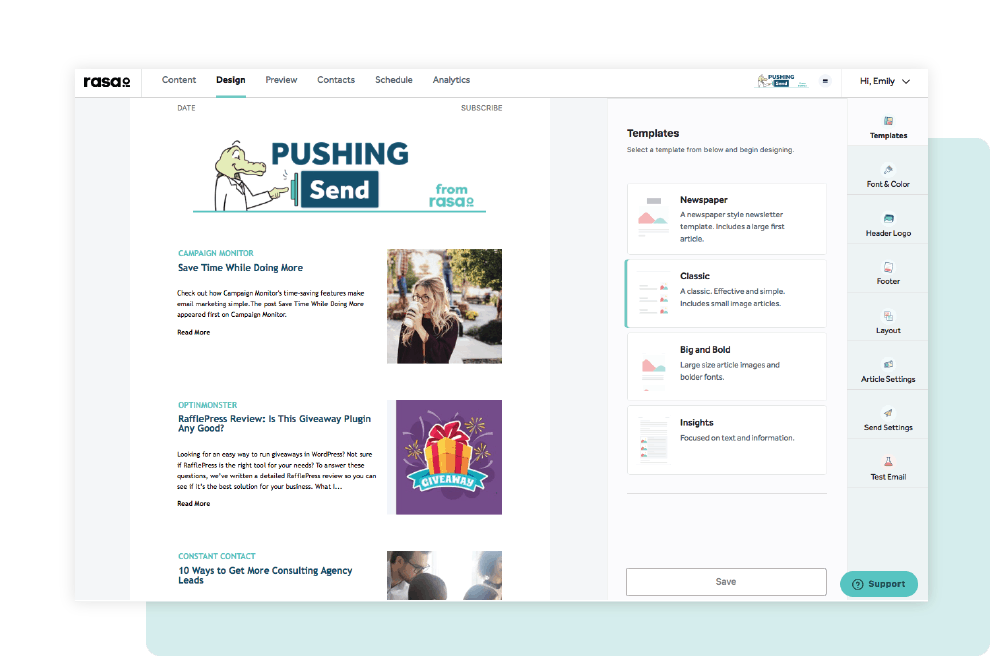
Using Hubspot? Our rasa.io newsletter tool automatically collects interest clusters!
Utilize our topic tool to see easily segment your email list based on what they actually like!
Email Type Preference
Some subscribers may prefer certain types of emails over others. For example, some may prefer promotional emails, while others may prefer educational content. Segment your list based on email type preference to ensure each subscriber receives the content they enjoy most.
Try experimenting with different segmentation strategies to find the best for your audience.
3 Key Steps of Email List Segmentation
Segmentation in email marketing can seem daunting, but it doesn’t have to be. You can create targeted campaigns that resonate with your audience by breaking the process down into three key steps.
1. Define Criteria 📖
The first step in email marketing segmentation is to define your criteria. This means deciding according to what characteristics to divide your list into segments. As we mentioned earlier, there are many ways to segment your list, including geography, demographic data, language, business type, website activity, and stage of the funnel. The key is to choose criteria that align with your business goals.
2. Start Experimenting 🧪
Once you’ve defined your criteria, it’s time to start experimenting. This means creating targeted campaigns for each segment and testing different messaging, subject lines, and calls to action. Use A/B testing to compare different versions of your campaigns and gather data on what works best for each segment.
3. Measure, Adjust, Repeat
Finally, measuring your results, adjusting your campaigns as needed, and repeating the process is essential. Use metrics like open rates, click-through rates, and conversions to evaluate the effectiveness of your campaigns. Then, make adjustments based on your findings and continue to iterate and refine your segmentation strategy over time.
Following these three key steps, you can create highly targeted email campaigns that engage your audience and drive results.
Conclusion
Email segmentation is a powerful tool to help you create more effective email campaigns. By dividing your email list into subgroups based on shared characteristics and creating targeted campaigns, you can increase engagement, drive conversions, and ultimately boost revenue.
Remember to define your criteria, experiment with different segmentation strategies, and measure your results to refine your approach over time. With these tips and best practices in mind, you’ll be well on your way to creating highly effective email campaigns that resonate with your audience.

